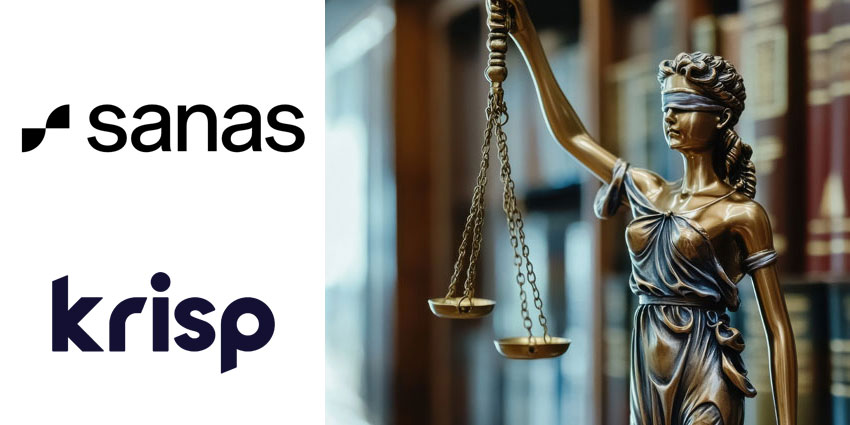While many contact centers invest in contact center coaching, in many cases, good agents stay good, and average agents remain average. Call listening can make all the difference.
It refers to monitoring live customer calls to identify agent improvement opportunities. It allows managers to listen in on conversations and understand how agents handle customer interactions.
When used effectively, call listening enhances contact center performance. It helps identify training needs, uncover potential issues within the service experience, and provide valuable employee feedback.
The Benefits of Call Listening
Going into greater detail, here are a few critical reasons why call listening is central to contact center performance management.
Identify Training Needs
Managers can identify areas where agents may need additional training by monitoring calls. By filling in a QA scorecard, they can look for performance trends over time and get to grips with improvement opportunities, alongside agent strengths.
Provides Valuable Employee Feedback
In addition to identifying training needs, call listening helps provide employees with constructive feedback. Such feedback enables employees to improve performance and serve customers better while increasing agent engagement.
Uncover Potential Issues Within the Service Experience
If managers notice a trend of customer dissatisfaction, it may indicate a more significant problem with the company’s overall CX design methodology or products/services. Call listening can help businesses isolate these issues and make necessary changes.
Improves KPI Analysis
Contact centers can track agent performance as a KPI by call listening and filling in a QA scorecard. By factoring in other agent KPIs – such as schedule adherence, handling times, and perhaps even first contact resolution (FCR) rates – companies can build a holistic view of each individual’s performance.
Increases Customer Satisfaction (CSAT)
When agents are more efficient and better equipped to handle customer queries, it directly impacts CSAT. Call listening helps ensure that agents provide the best possible service – supported by their team leader – which will lead to happier customers.
Ensures Prompt Intervention
If something goes wrong during an interaction, call listening can help managers intervene promptly. This could involve monitoring a follow-up call in real-time or handling the issue directly with the customer.
During call listening, if an agent cannot resolve a client issue, the management can intervene to salvage the service experience and offer guidance to agents for solving similar problems in the future.
Optimizes First Call Resolution (FCR)
Call listening improves First Call Resolution (FCR) rates by identifying causes for repeat calls. Special call listening activities like this – targeting particular interaction types – helps to strengthen specific service experiences. Other examples may include listening to angry customer conversations, specific low-CSAT queries, and high handle time interactions.
Three Call Listening Techniques
Ensuring agents view call listening as a valuable exercise, not micromanagement, is critical. As such, contact centers should deliberately design the process and discuss its objectives openly with agents to bring them onboard.
Such a process will likely include at least one of the following methods of call listening.
- Snoop
Snoop is a handy tool that allows the leader or quality analyst to quietly join the conversation remotely while a client and an agent are speaking. No one on the call participants would be alerted during the session.
Often featuring within quality management tools, “snoop” is a less threatening call monitoring method because no one on the phone knows that someone is listening in.
- Whisper
This unidirectional communication method allows the management to chat privately with the agent without letting clients know or hear what they are saying.
Such a tactic allows leaders to support agents without informing the consumer. Doing so is often helpful when teaching new methods for call handling.
- Barge In
The barge in call monitoring approach enables the manager to communicate with the agent and the consumer. Such a strategy allows supervisors to address customer queries more quickly, but it may also assist clients in building a sense of significance when a senior staff member takes control.
Ideas to Improve Call Listening
There are many techniques businesses can utilize to improve call listening and, as a result, agent performance. These include:
- Calibrate Call Listening – As an agent, there is nothing more frustrating than getting conflicting pieces of advice regarding performance improvement. Scorecards can help here, but calibration sessions – where analysts and leaders score calls together – will ensure everyone is on the same page for how to improve performance with call listening.
- Follow Up on Feedback – Track the feedback from previous call listening sessions and ensure that agents change their call handling approach accordingly. Doing so is critical in ensuring that call listening delivers value.
- Save Best Practice Examples – Harness the call recordings of excellent customer conversations and share these as examples of best practice in future coaching sessions. Such real-life guidance is ideal for adding color to the advice coaches share with agents.
Final Thoughts
Listening to calls is a great way to improve agent performance. By identifying issues and providing feedback, managers can help agents become more effective at their jobs.
Regular monitoring of calls can also help identify training needs and ensure that your agents provide excellent, compliant customer service experiences.
Finally, align the feedback to a performance target, company value, or departmental aim and complement it with statistics and call snippets, so the agent knows why they must improve, as well as how to do so.
Unpack more excellent ideas to improve contact center quality assurance (QA) by reading our article: How Quality Assurance Teams Are Increasing Their Value In the Contact Center







